From the Road: Halfway Through the 2025 Connected Solutions Expo Series (And We’re Just Getting Started)
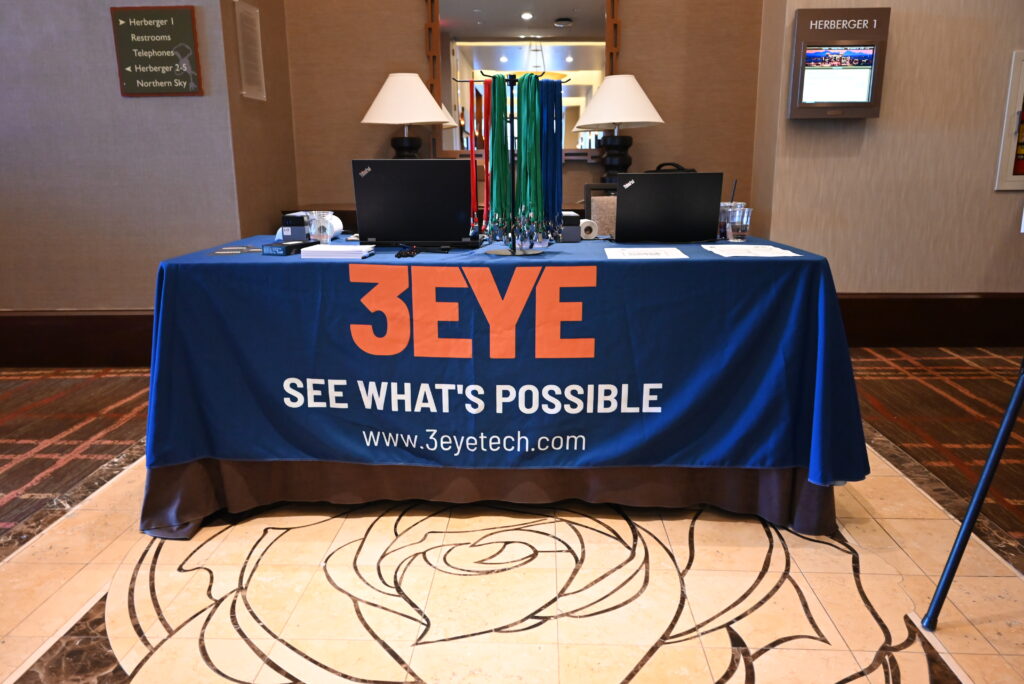
It’s 10:00 a.m. in Fort Lauderdale. There’s a breeze coming in off the ocean, the coffee is still warm, and the ballroom is buzzing. Samsung devices glow on demo tables, partners greet each other like old friends, and conversations start before the signs are even hung up. That moment marked the beginning of our 2025 Connected Solutions Expo Series.
Beyond the Device: How AINA and Zello Are Powering the Next Generation of Push-to-Talk
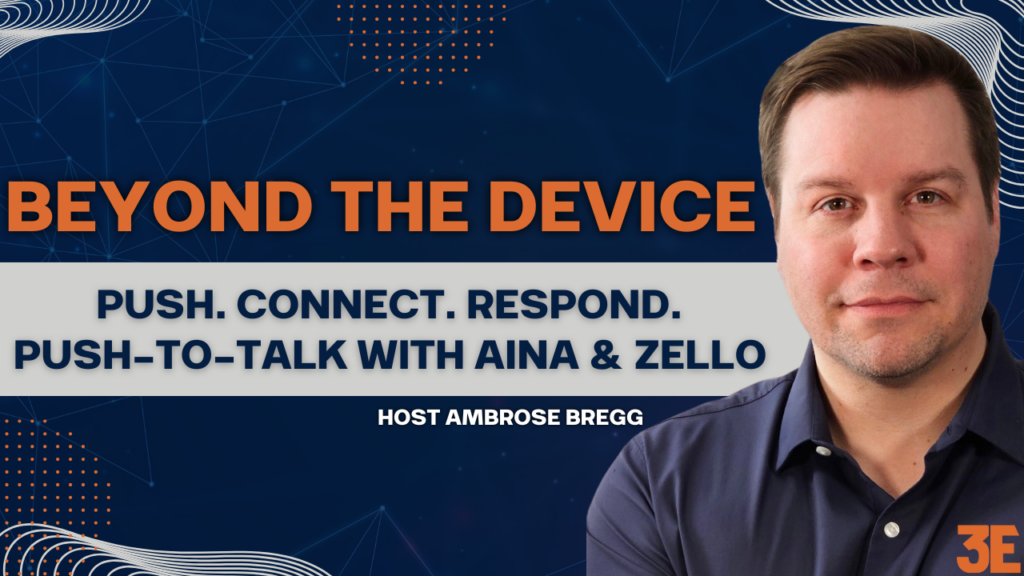
At 3Eye Technologies, we love helping our partners stay ahead of the curve—and that’s exactly why we launched our podcast, Beyond the Device. In our latest episode, we dive deep into the evolving world of Push-to-Talk (PTT) with two powerhouse names in the space: AINA and Zello.
3Eye Unveils New Innovation Lab to Drive Partner Collaboration and Product Innovation
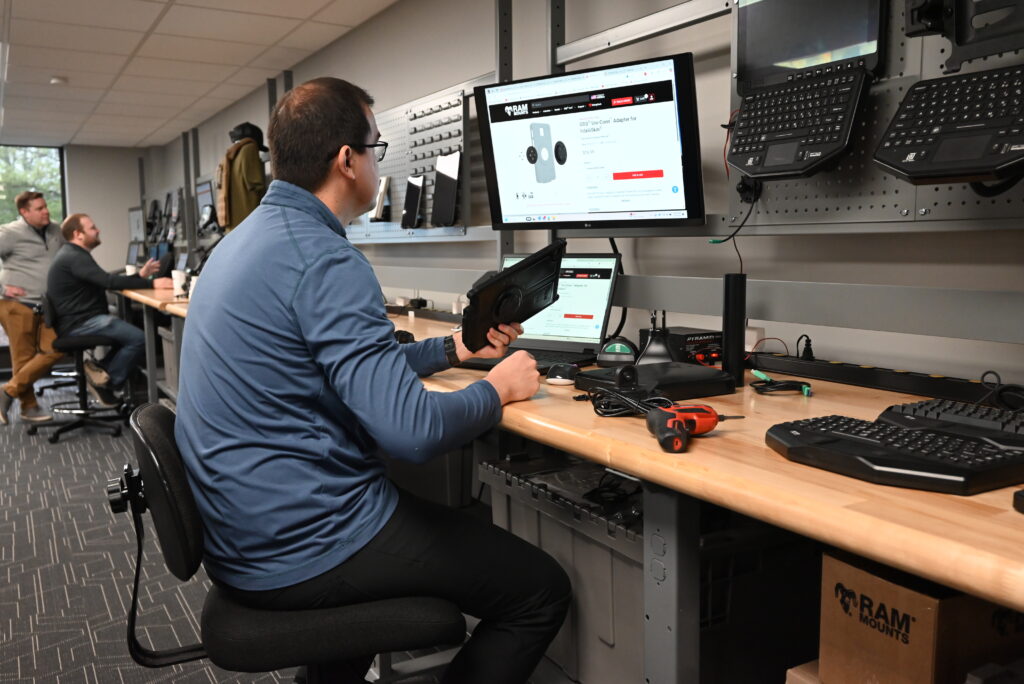
3Eye Technologies, a value-added distributor of innovative mobile computing and cybersecurity solutions, proudly announces the launch of its new 3Eye Innovation Lab. This dynamic space is designed to empower partners and customers with hands-on experiences, rapid prototyping capabilities, and original content creation.
3Eye Technologies Announces Rock ‘n Roll Creamery as Winner of 2024 Oculus Fund
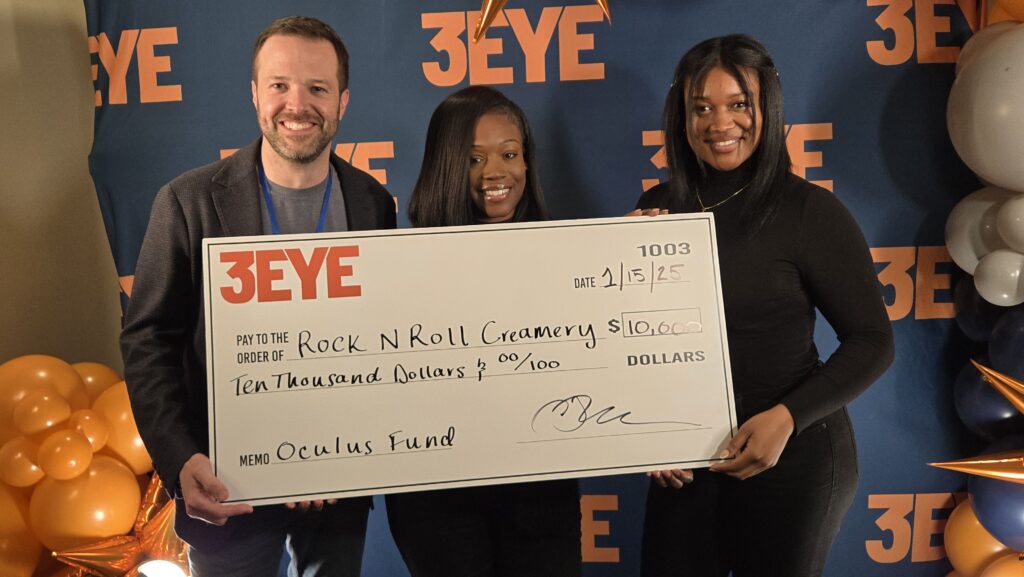
3Eye Technologies CEO Conor Macfarlane started the Oculus fund, an initiative that supports Battle Creek, MI based startups with high-growth potential and is proud to announce Rock ‘n Roll Creamery as its 2025 winner. Rock ‘n Roll Creamery, a cutting-edge ice cream brand that combines healthy ingredients with indulgent flavor experiences, will receive strategic investment to scale its operations and enhance its market presence.
Push-to-Talk Over Cellular: The Future of Instant Communication for Radio Dealers

If you’re a radio communications dealer, you’ve seen firsthand how the industry is evolving. Traditional two-way radios are still essential in many industries, but there’s a growing demand for a solution that combines the reliability of push-to-talk (PTT) with the expansive coverage of cellular networks. Enter Push-to-Talk over cellular —a game-changing technology that’s redefining instant communication.
3Eye Technologies Joins Forces with Fleet Device Management to Expand Open-Source Device Management Solutions

3Eye Technologies, a value-added distributor specializing in mobility and cloud solutions, is thrilled to announce its strategic partnership with Fleet Device Management (Fleet DM), a leading provider of open-source device management software. This collaboration sets the stage for elevating 3Eye’s portfolio by delivering cutting-edge, scalable device management solutions that empower clients to streamline and secure their operations.
3Eye Technologies Announces Strategic Partnership with Beam Mobile to Deliver Durable, Healthcare-Ready Mobile Device Cases
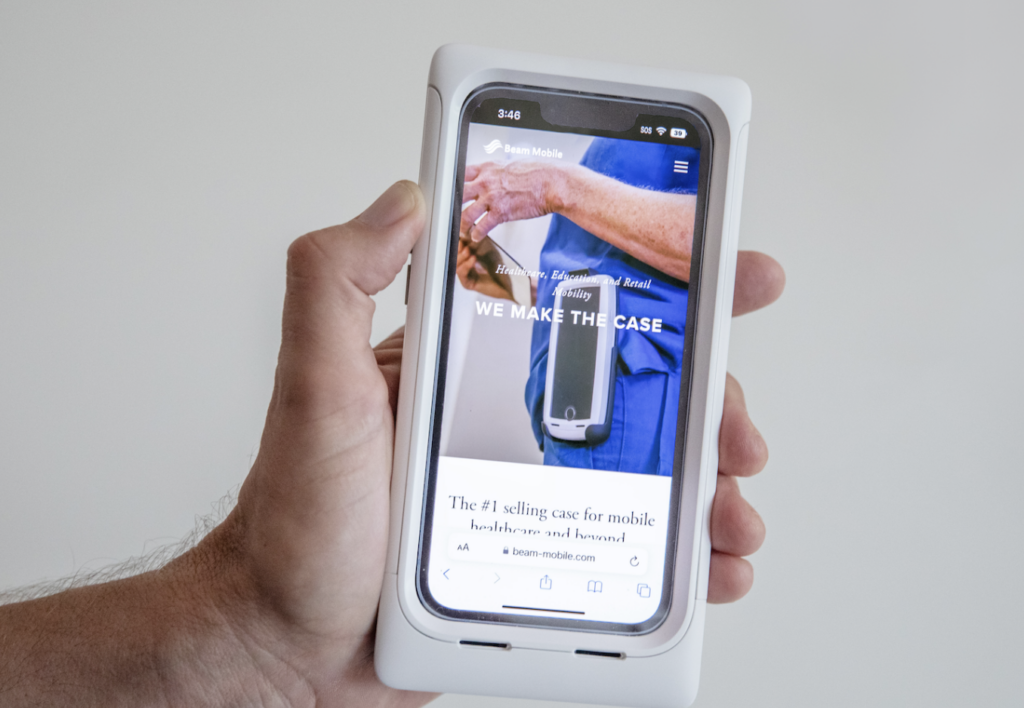
3Eye Technologies, a value-added distributor specializing in mobility and cloud solutions, is pleased to unveil its strategic partnership with Beam Mobile, the leading provider of durable, disinfectant-ready mobile device cases for healthcare environments. This collaboration aims to enhance 3Eye’s mission of delivering comprehensive and relevant purpose-built solutions within mobile healthcare environments.
3Eye Technologies Awards $20,000 to…
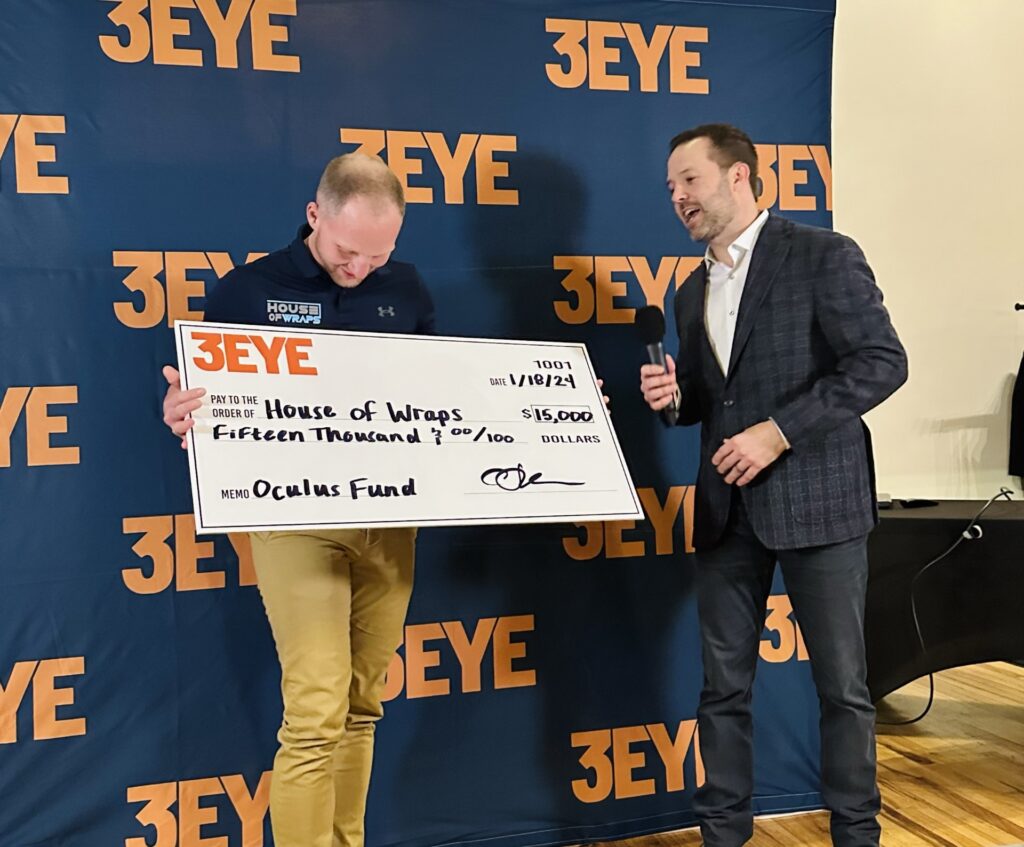
3Eye Technologies, a leading distributor of mobility and security solutions, is proud to announce the winners of the 2023 Oculus Fund startup grant. The grant, totaling $20,000 for 2023, was awarded to outstanding startup and early-stage businesses in Battle Creek, Michigan.
3Eye Partners with GenPac Drones To Launch Drone Technology Practice Through Indirect Channels
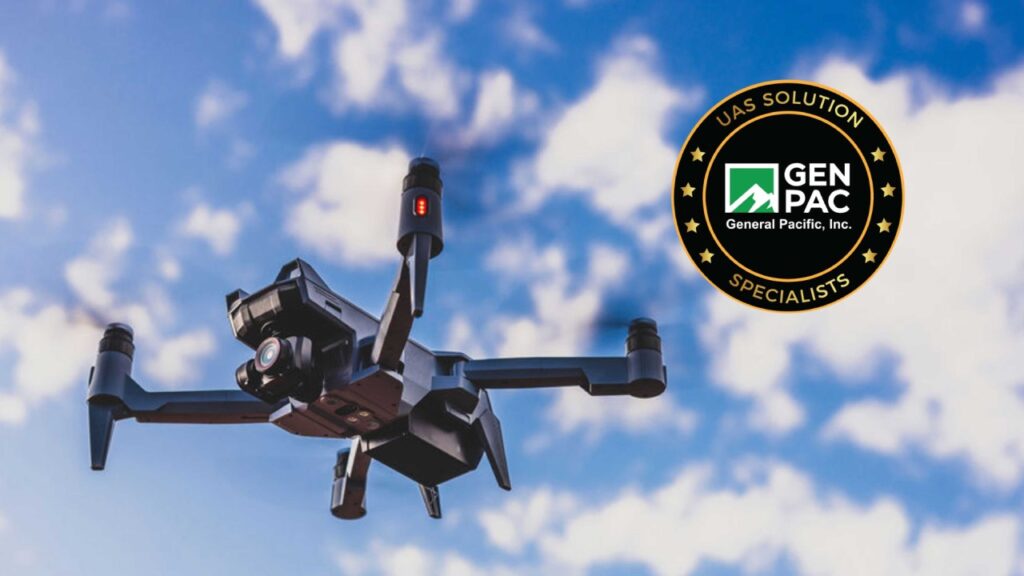
3Eye Technologies, a value-added distributor of mobility and cloud solutions, is thrilled to announce its strategic partnership with GenPac Drones, a premier provider of cutting-edge drone technology. This collaboration marks the inception of a dedicated drone technology practice aimed at expanding market access for renowned brands to include government approved USA Blue list and NDAA Compliant drones.
3Eye Technologies Partners With SafeUEM To Offer a Robust Unified Endpoint Management Platform
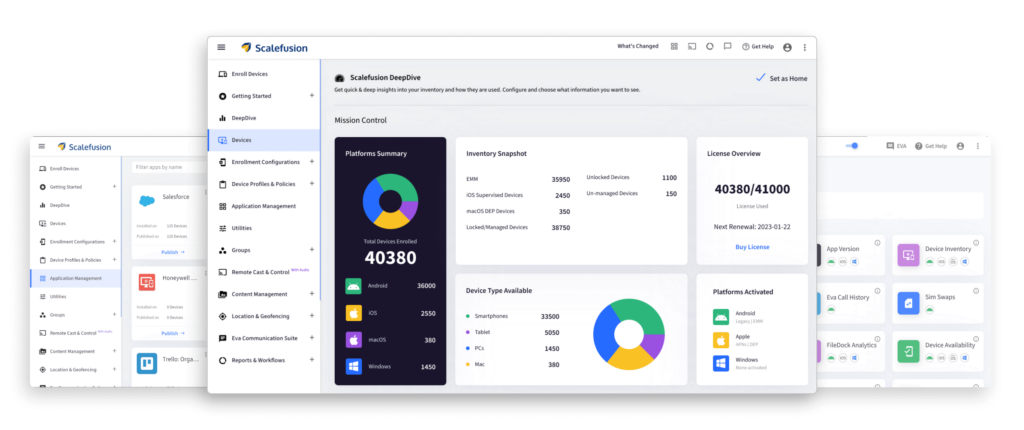
Announcing a New Strategic Partnership To Fuel a Complete Mobility Offering BATTLE CREEK, MI, UNITED STATES, 10/13/2023 – 3Eye Technologies, a value-added distributor of mobility and cloud solutions announced a new partnership with SafeUEM to provide a true unified endpoint management solution with quality device management services for smartphones, laptops, ruggedized hardware, POS, and digital […]